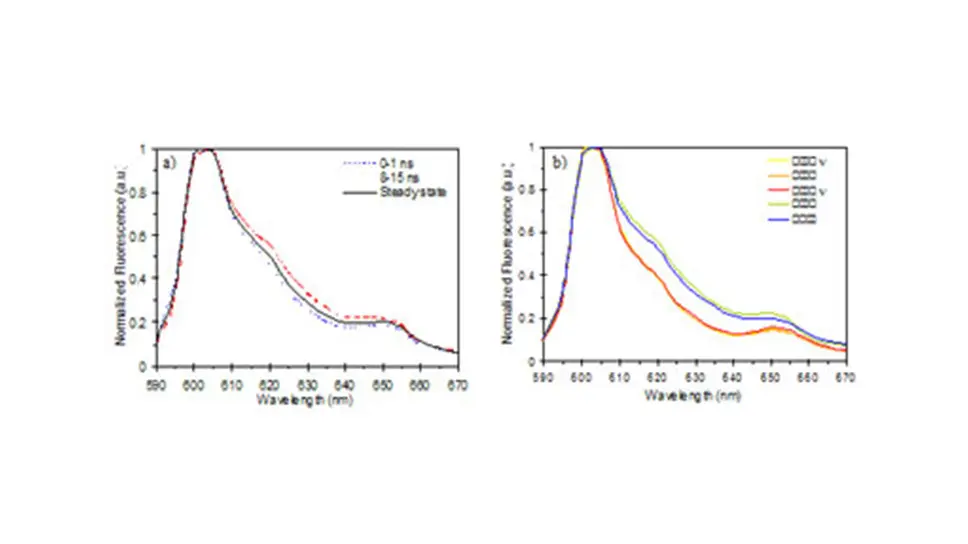Fluo
Fluo

The instrumentation for fluorescence spectroscopy available at the Department of Physics allows one to acquire fluorescence data with both spectral and temporal resolution. Besides steady state fluorescence spectra and lifetimes, it is thus possible to acquire time-gated fluorescence spectra. This allows one to investigate the spectral emission properties of different species discriminated based on distinct lifetimes.
For excitation, tunable laser sources are available from 540 to 1000 nm. The overall temporal resolution of the system is of about 50 ps. Both solid and liquid samples can be examined, and the instrumentation can be coupled to a fluorescence microscope for the analysis of single cells and thin samples.
The set-up has been used mostly for the characterization of endogenous and exogenous fluorophores of interest in biomedicine. However, it was profitably applied also in other fields, such as the characterization of the luminescent properties of silicon nanocrystals.
The figure shows an example of application. Time-gated fluorescence spectra were collected from RPE (Retinal Pigmented Epithelium) cells treated with Hypericin, to evaluate the effects on the eye of Hypericin, that is present in herbal remedies for depression. The figure shows how the acquisition of gated spectra allows one to identify how fluorescent species with different temporal behavior contribute to the steady state emission spectrum (a). Delayed gated spectra (acquired 8-15 ns after excitation) are then used to investigate changes in the fluorescence properties of Hypericin with concentration (b).
